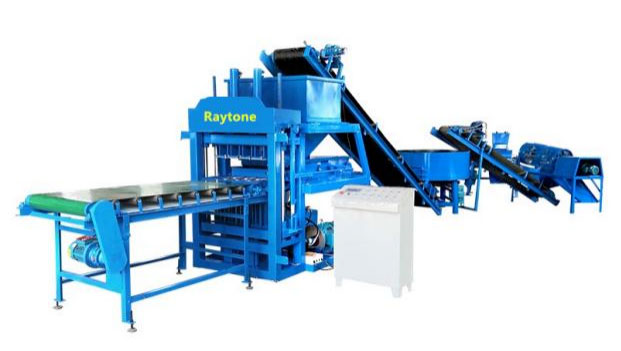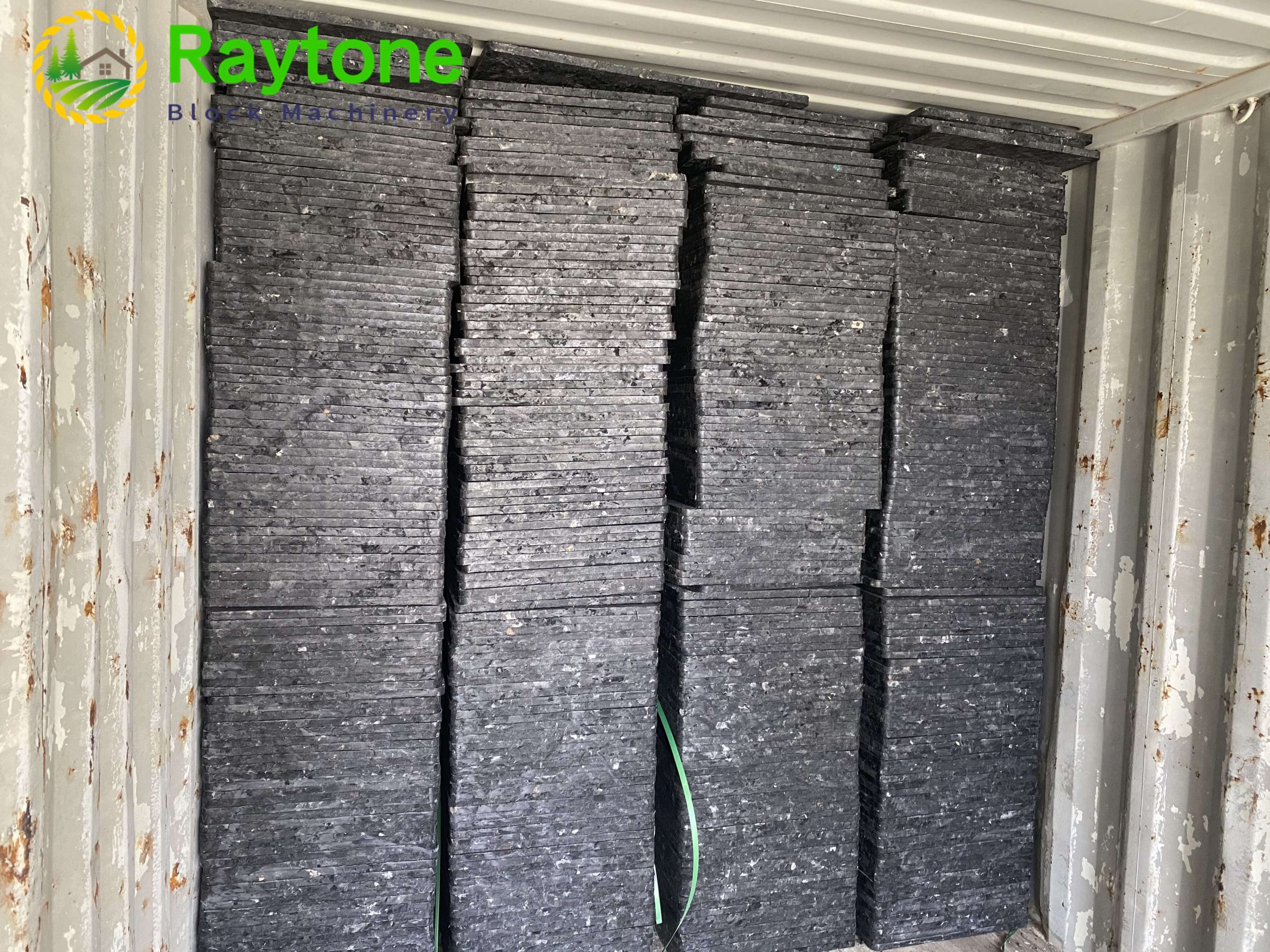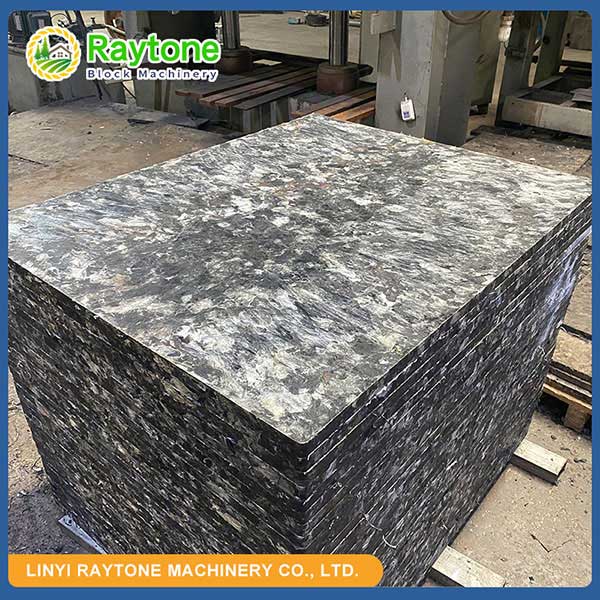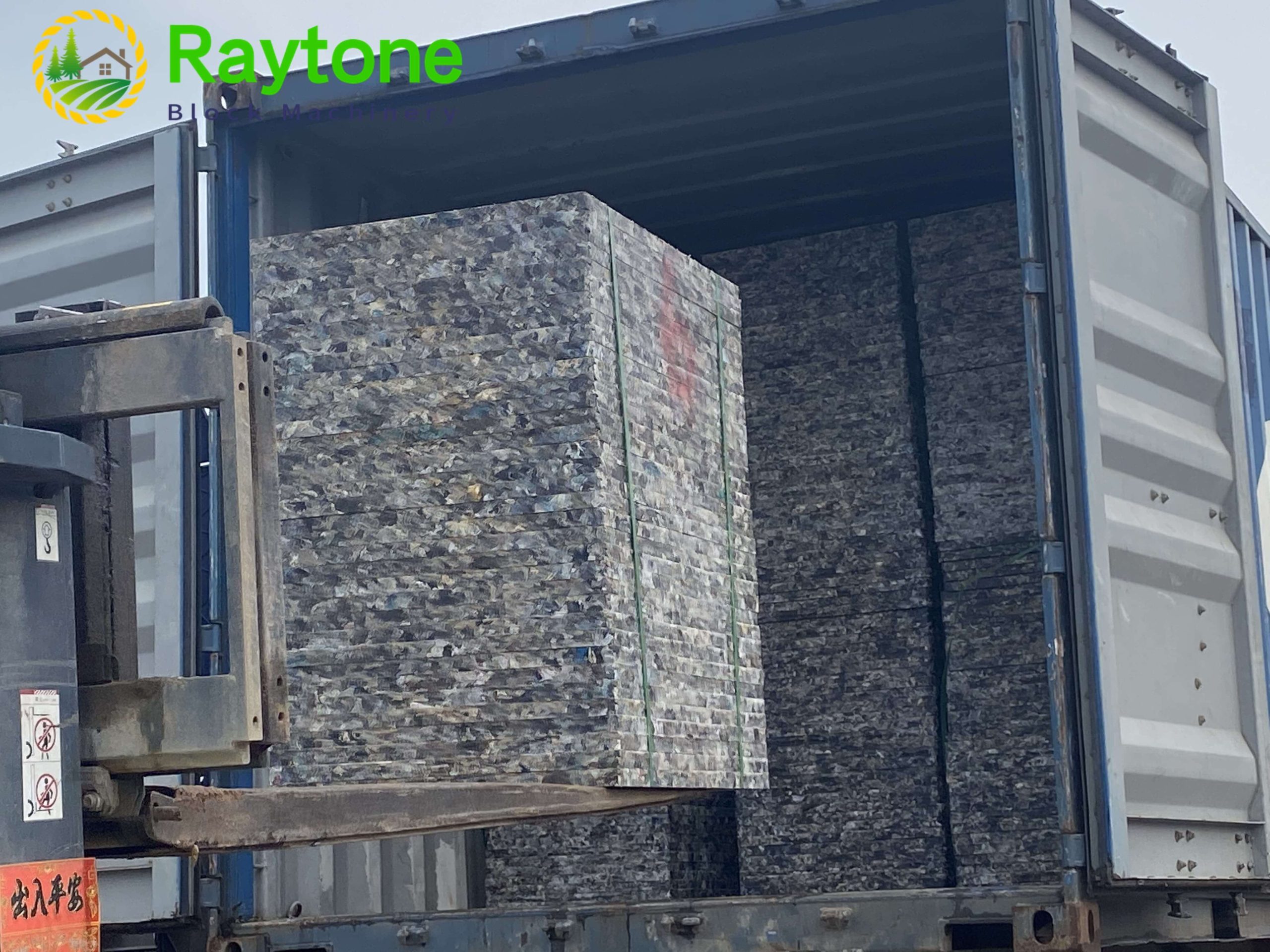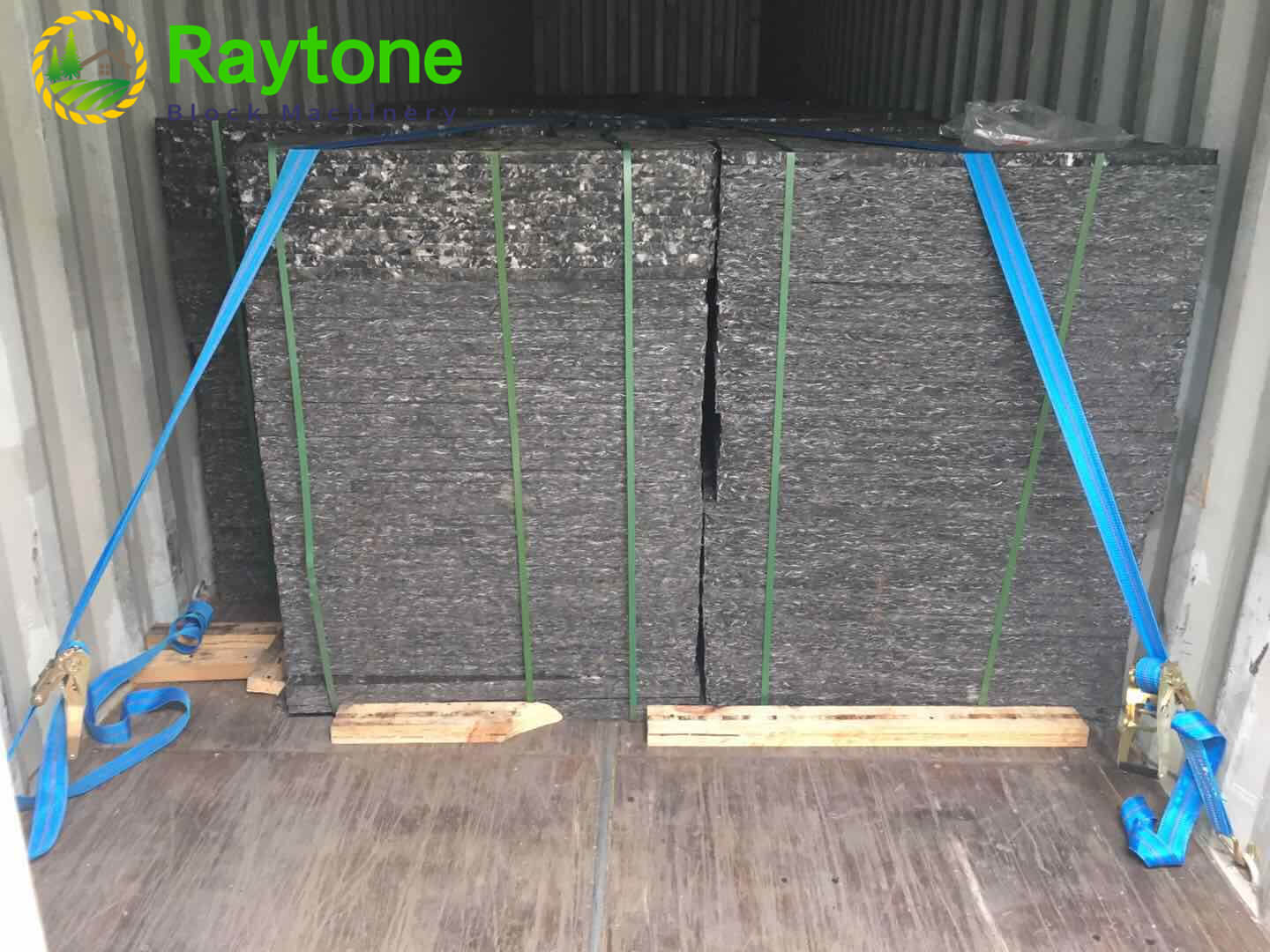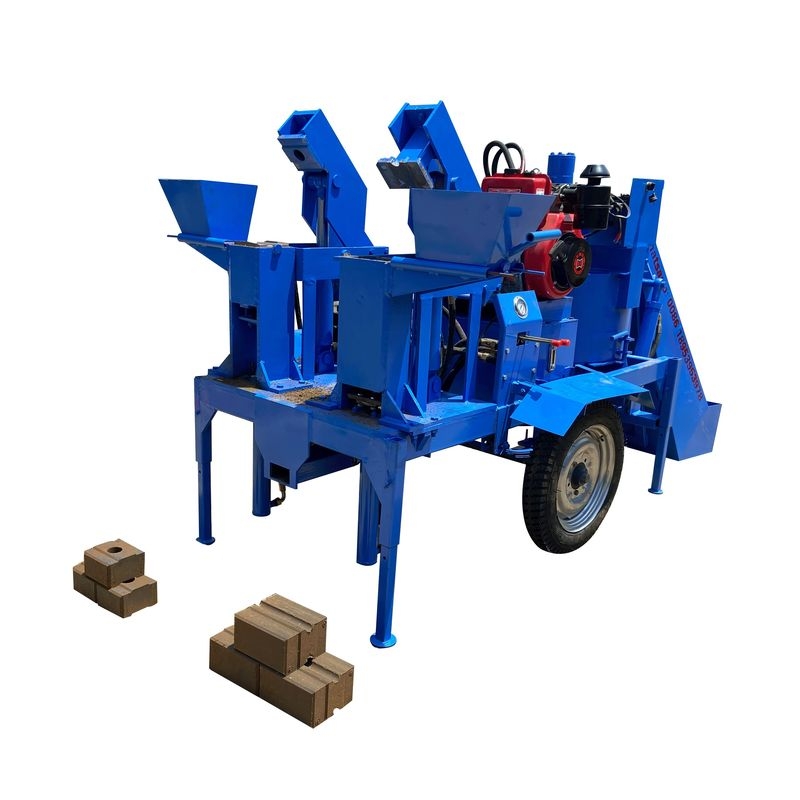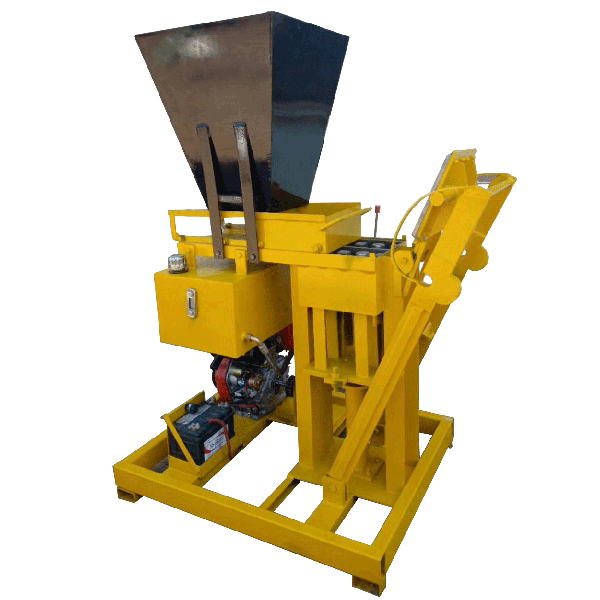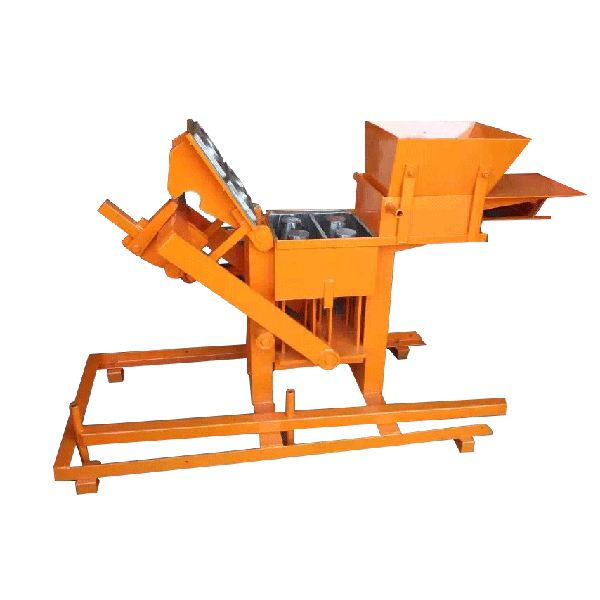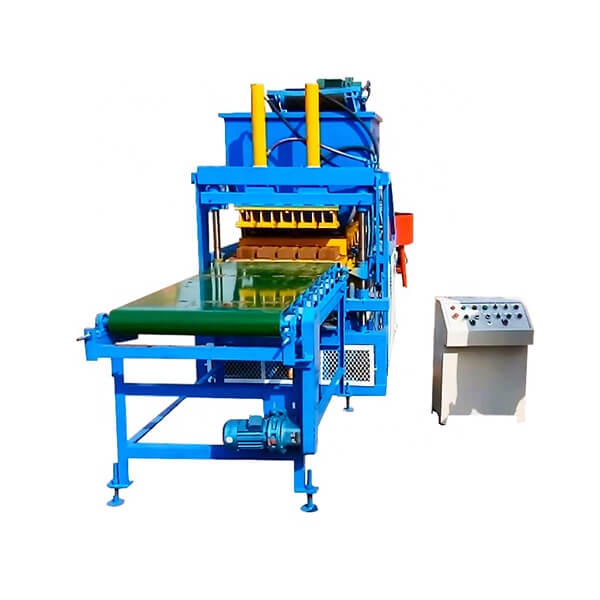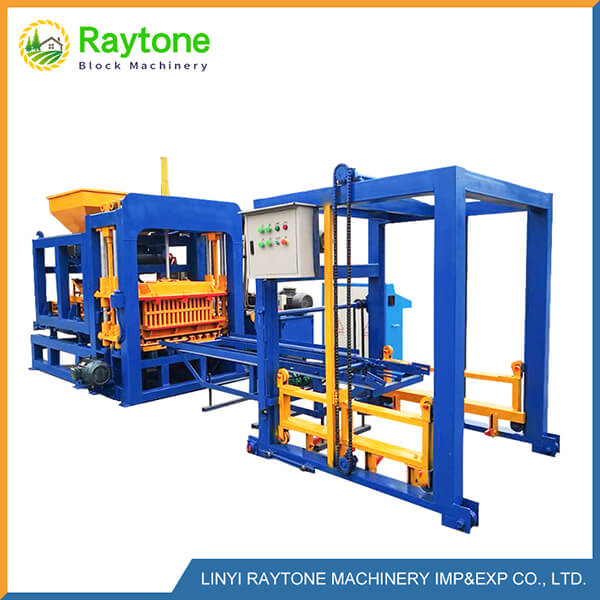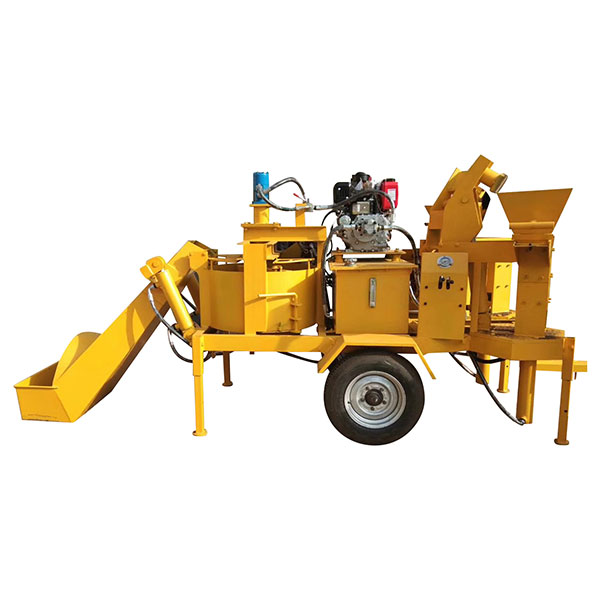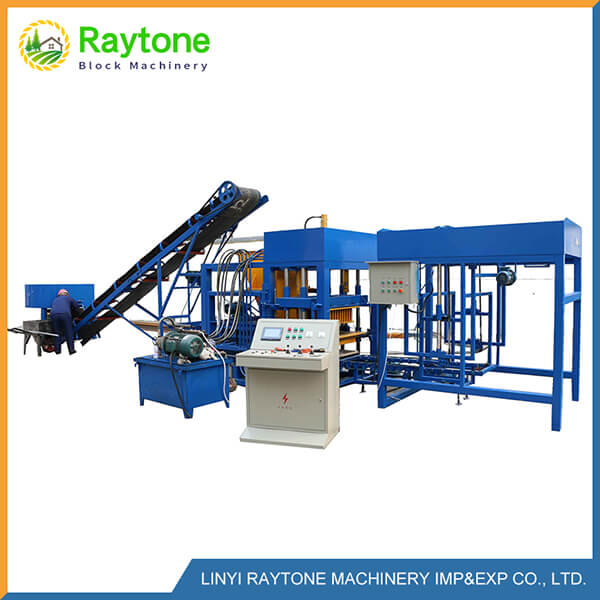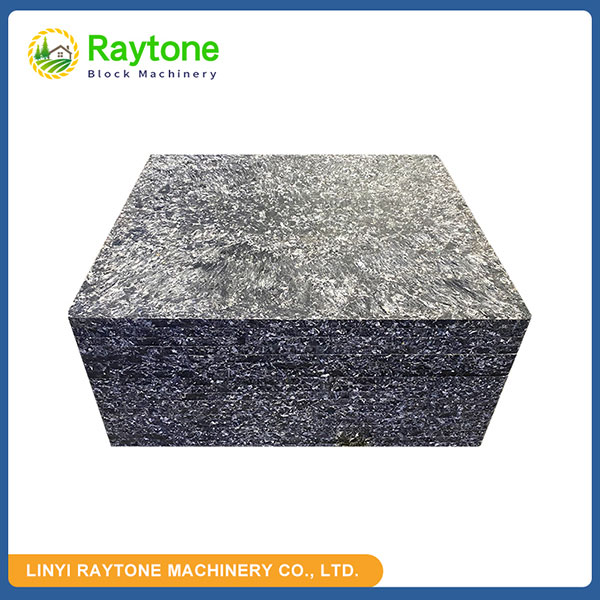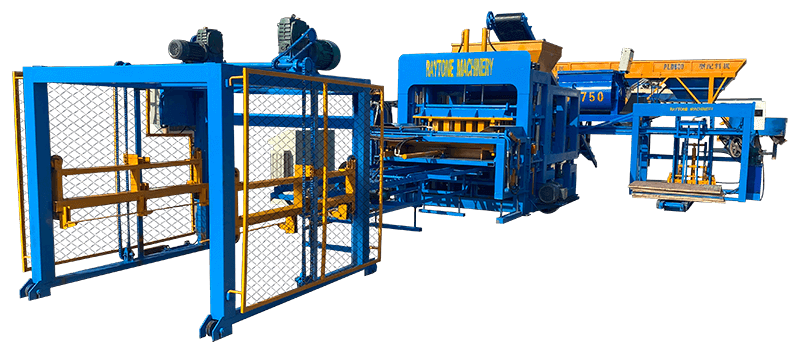Clay brick making machines are undoubtedly a worthwhile investment for businesses in the construction and manufacturing sectors. These versatile machines offer numerous benefits, including increased production efficiency, consistent quality output, and cost-effectiveness in the long run. By automating the brick-making process, these machines significantly reduce labor costs and minimize human error. Moreover, they allow for the production of a wide variety of brick sizes and shapes, catering to diverse market demands. The initial investment may seem substantial, but the returns in terms of productivity, quality, and profitability make clay brick making machines a smart choice for those looking to scale their operations or enter the brick manufacturing industry.
The Economics of Clay Brick Production
Cost Analysis of Manual vs. Machine-Made Bricks
When considering the economics of clay brick production, it’s crucial to compare the costs associated with manual brick-making versus using a clay brick making machine. Manual production is labor-intensive, time-consuming, and often results in inconsistent quality. In contrast, machine-made bricks offer superior consistency and can be produced at a much higher rate. While the initial investment in a brick making machine may be substantial, the long-term savings in labor costs and increased production capacity often offset this expense within a relatively short period.
Production Capacity and Efficiency
Clay brick making machines significantly boost production capacity and efficiency. A single machine can produce thousands of bricks per day, far surpassing what a team of manual workers could achieve. This increased output allows manufacturers to meet larger orders and take on more projects. Additionally, the consistency in production speed enables better planning and scheduling, leading to improved overall operational efficiency.
Quality Control and Consistency
One of the key advantages of using a clay brick making machine is the ability to maintain consistent quality across production batches. These machines use precise measurements and controlled processes, resulting in bricks with uniform size, shape, and density. This consistency not only enhances the structural integrity of buildings but also reduces waste and improves customer satisfaction. The automated nature of the process minimizes human error, further contributing to the overall quality of the final product.
Technical Aspects of Clay Brick Making Machines
Types of Clay Brick Making Machines
There are several types of clay brick making machines available in the market, each suited for different production scales and requirements. Fully automatic machines offer the highest production capacity and require minimal human intervention. Semi-automatic machines provide a balance between automation and manual control, making them suitable for medium-scale operations. Manual or hand-operated machines are ideal for small-scale production or areas with limited access to electricity. Understanding the different types helps in selecting the most appropriate machine for specific business needs.
Key Features and Technologies
Modern clay brick making machines incorporate advanced features and technologies to enhance their performance. These may include programmable logic controllers (PLCs) for precise operation control, hydraulic systems for efficient power transmission, and advanced molding mechanisms for shaping bricks. Some machines also feature automatic feeders, cutters, and conveyors, streamlining the entire production process. Energy-efficient motors and optimized designs help reduce power consumption, contributing to lower operational costs.
Maintenance and Operational Considerations
To ensure the longevity and optimal performance of clay brick making machines, regular maintenance is essential. This includes routine inspections, lubrication of moving parts, and timely replacement of wear components. Proper training of operators is crucial to maximize the machine’s efficiency and prevent operational errors. While these machines are designed for durability, having a reliable supply of spare parts and access to technical support can minimize downtime in case of any issues. Considering these operational aspects is vital when evaluating the overall investment in a clay brick making machine.
Market Demand and Future Prospects
Current Market Trends in Brick Construction
The construction industry continues to show a strong demand for clay bricks, driven by their durability, aesthetic appeal, and thermal properties. Sustainable construction practices are gaining traction, with an increasing focus on using eco-friendly materials. Clay bricks, being natural and recyclable, fit well into this trend. The rise in urbanization and infrastructure development projects in many parts of the world further fuels the demand for high-quality bricks. These market trends suggest a positive outlook for businesses investing in clay brick making machines.
Technological Advancements and Innovation
The brick manufacturing industry is witnessing continuous technological advancements. Innovations in clay brick making machines focus on improving energy efficiency, reducing emissions, and enhancing product quality. Some machines now incorporate sensors and IoT technology for real-time monitoring and predictive maintenance. Advancements in molding techniques allow for the production of interlocking bricks and other specialized shapes, opening up new market opportunities. Staying abreast of these technological developments can help businesses maintain a competitive edge in the market.
Sustainability and Environmental Considerations
Environmental concerns are increasingly influencing decisions in the construction industry. Clay brick making machines are evolving to address these concerns. Modern machines are designed to be more energy-efficient and produce less waste. Some manufacturers are developing machines that can incorporate recycled materials into the brick-making process. The ability to produce bricks with enhanced thermal properties contributes to energy-efficient building designs. As sustainability becomes a key factor in construction projects, investing in eco-friendly brick production technology can provide a significant market advantage.
Conclusion
In conclusion, clay brick making machines represent a valuable investment for businesses in the construction and manufacturing sectors. The economic benefits, including increased production capacity, improved efficiency, and consistent quality output, make these machines a smart choice for long-term growth. While the initial investment may be substantial, the returns in terms of productivity and profitability often justify the expense. As the construction industry continues to evolve, with a growing emphasis on sustainability and technological innovation, investing in modern brick-making technology positions businesses to meet future market demands effectively.
Contact Us
At Raytone Machinery, we understand the importance of reliable and efficient block-making solutions. Our range of high-quality concrete block machines, including fully automatic, semi-automatic, and manual options, are designed to meet diverse production needs. With our commitment to cost-effectiveness and excellent customer value, we’re here to support your business growth. For more information about our products and how they can benefit your operations, please contact us at hazel@raytonechina.com. Let’s build a stronger future together with Raytone Machinery.
References
- Johnson, A. (2022). The Evolution of Brick Making Technology. Journal of Construction Engineering, 45(3), 278-295.
- Smith, B., & Brown, C. (2023). Economic Impact of Automated Brick Production in Developing Countries. International Journal of Industrial Engineering, 18(2), 112-129.
- Zhang, L. et al. (2021). Energy Efficiency in Modern Clay Brick Manufacturing: A Comparative Study. Renewable and Sustainable Energy Reviews, 86, 1245-1260.
- Miller, D. (2023). Sustainable Construction Materials: The Role of Clay Bricks. Green Building and Environmental Conservation, 12(4), 389-405.
- Thompson, E., & Garcia, R. (2022). Market Analysis: Global Trends in Brick and Block Manufacturing. Construction Market Research Quarterly, 37(1), 45-62.
- Anderson, K. (2023). Quality Control in Automated Brick Production: Challenges and Solutions. Journal of Materials in Civil Engineering, 35(6), 734-749.

